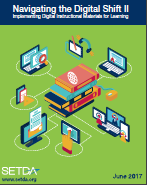
Navigating the Digital Shift II: Implementing Digital Instructional Materials for Learning.
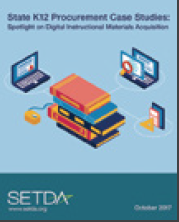
State K12 Procurement Case Studies: Spotlight on Digital Materials Acquisition
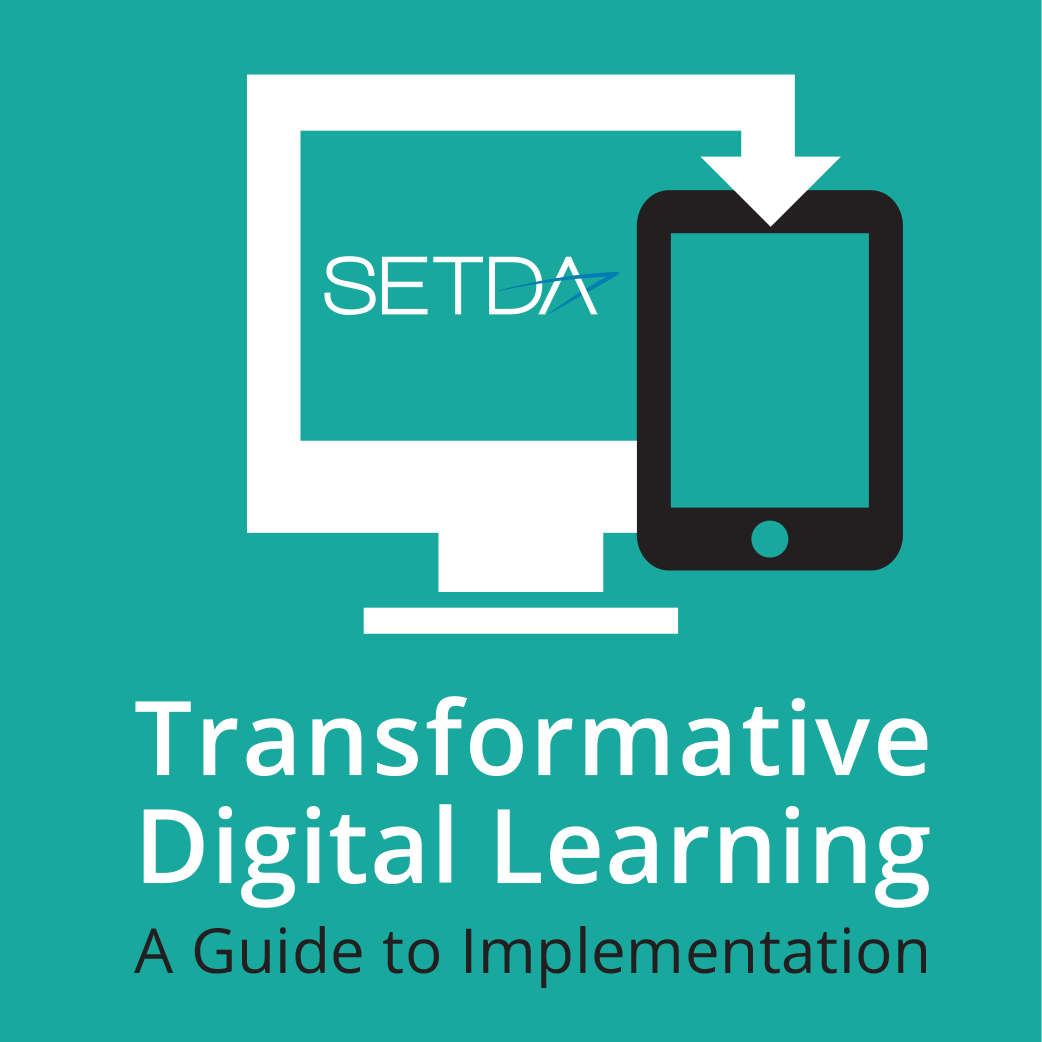
Transformative Digital Learning
Procurement
Widespread access to digital instructional materials is often dependent on successful navigation of the purchasing process. State procurement is often like the peeling of an onion—there are multiple layers to go through. In education, the buying and selling of merchandise and services, whether it is furniture, technology equipment, paper, broadband connectivity or instructional materials, typically requires following some level of state or local procurement laws.
Some states have a procurement office specific to the department of education, whereas, other states may use statewide central purchasing as a standard. At the district level, some districts utilize cooperative purchasing through regional consortia and other districts may provide flexibility at the school level to make decisions regarding the acquisition of products and services. This is true for all purchases including instructional materials. Some states and districts might have policies for obtaining office furniture, but not for the acquisition of instructional resources. Other states may have policies for textbook adoption, but not for acquiring digital tools and resources or OER.
States and districts can work to make the procurement process more transparent, and develop specific procedures to aid educators and the private sector in navigating the process. All stakeholders (public and private) should commit to developing relationships with a variety of decision-makers, recognizing that there are multiple interested parties with differing needs.
Key Questions
- Does the state have guidelines?
- Does the district have guidelines?
- Who are the interested parties in acquisition?
- Curriculum designers
- Principals
- Teachers
- Procurement office
- Budget office
- What are the procurement guidelines/restrictions/impacts for:
- Print core instructional materials?
- Digital/online/blended core instructional materials?
- Openly-licensed core instructional materials (OER)?
- Are the acquisition requirements different for core materials vs. supplemental materials?

Facilitator Guide
The Facilitator Guide – Procurement provides education leaders with the information and resources they need to conduct a professional learning session. Participants will:
- Learn more about procurement and RFP management
- Identify procurement challenges and success stories
- Collaborate with colleagues and develop solutions for challenges
- Discuss how changes in state/local policies can improvement the procurement process
- Develop and maintain relationships with other district and state leaders

Facilitator Guide – Procurement Slides

Facilitator Guide – Procurement
Digital Instructional Materials Acquisition Policies for States (DMAPS)
The DMAPS website is an online database providing state and territory policies and practices related to the acquisition of digital instructional materials in K-12 education. This unique tool offers the opportunity to view details regarding individual states and national trends via an interactive map.Interoperability
While states, districts, and schools have long collected certain education data for accountability purposes, there is growing interest in leveraging data from digital learning tools, online services, educational apps, and other technologies. However, with all the data available to us through technology, school leaders and educators still lack the ability to easily transform that data to information to help guide decisions about instruction, school administration, and operations. Further, the systems we use to collect, manage, analyze, and report on that data are often disconnected and don’t work well together.
Key Questions
- Does the vendor follow appropriate standards-based data definitions such as those developed by Common Education Data Standards, IMS Global Learning Consortium, Learning Resource Metadata Initiative, P20 Electronic Standards Council or Schools Interoperability Framework Association? (These do not compete with each other; the standards they have created are intended for distinct purposes.)
- Does the software allow for sharing of information across applications by adhering to standards developed in these types of initiatives: Digital Passport, Ed-Fi Alliance, Experience API, MyData, or OpenBadges? (Again, these do not compete; they address specific types of data sharing.)
- Does the software enable the search, alignment and discovery of digital content through the use of initiatives such as Learning Registry or Learning Resource Metadata Initiative?
Facilitator Guide
The Faciliator Guide – Interoperability provides education leaders with the information and resources they need to conduct a professional learning session. Participants will:
- Understand interoperability needs
- Review national interoperability standards and tools
- Hear from exemplars on how to overcome challenges
- Interact with your peers to learn what tools they use
- Develop and maintain relationships with other district and state leaders
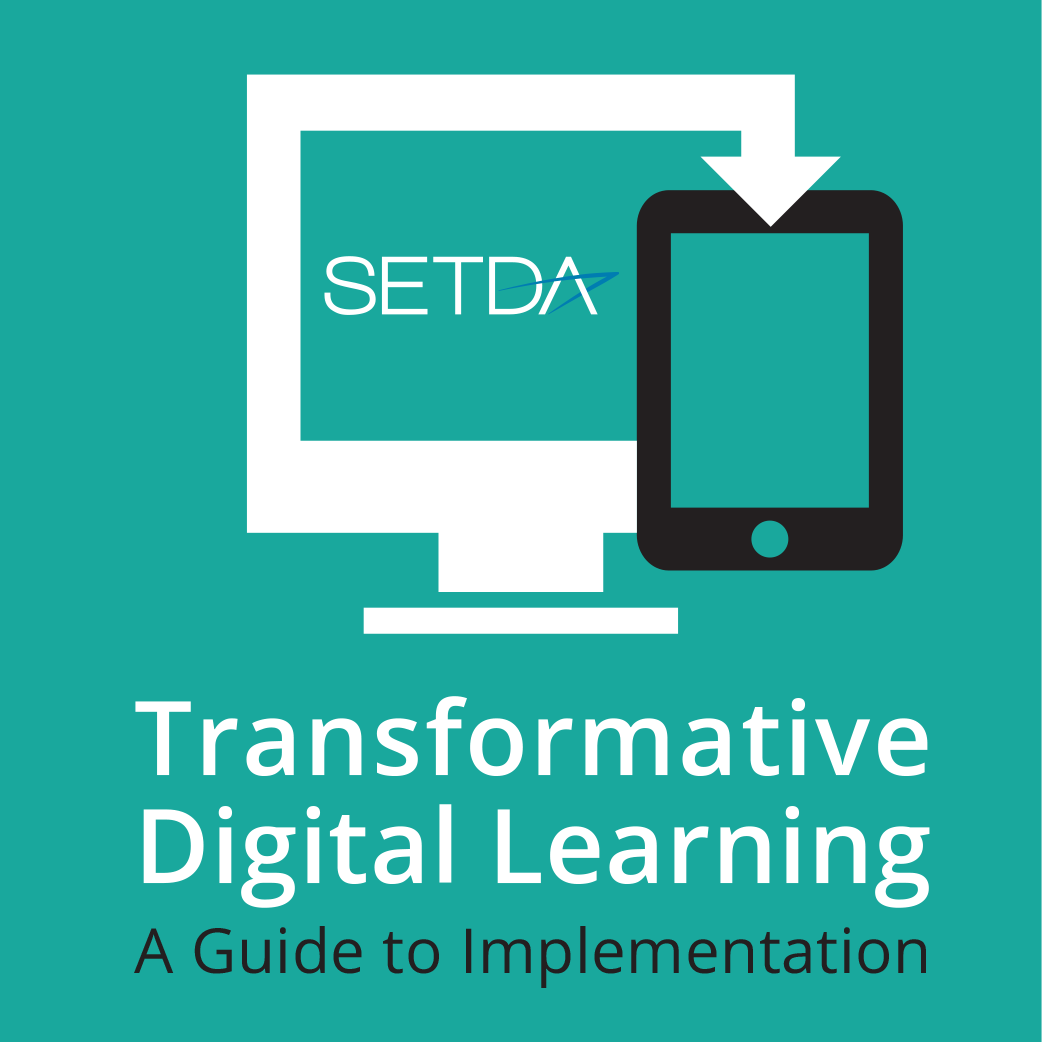
About This Project
-
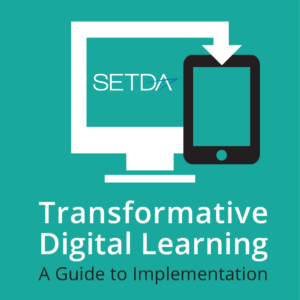
Transformative Digital Learning: A Guide to Implementation
About this Project In collaboration with multiple education organizations and with state leaders, SETDA developed professional learning resources for states to build state-level capacity as they transition to digital learning. The project includes a set of professional learning resources, known as facilitator guides, for states and districts to use to host statewide and/or regional convenings […]

